Wind Damage Roof Repair: Essential Tips and Techniques
Understanding the Impact of Wind Damage on Roofs
Wind damage can wreak havoc on roofs, leading to a range of issues that require immediate attention. From loose shingles to structural damage, the impact of strong winds can compromise the integrity and functionality of your roof. It’s crucial to comprehend the potential consequences of wind damage to ensure timely and appropriate repairs. When high winds strike, they exert tremendous force on your roof, causing shingles, tiles, or other roofing materials to become dislodged or damaged. This can result in water leaks, which can further damage the underlying structure of your home. Additionally, if wind damage is left unaddressed, it can lead to more severe problems, such as mold growth, decreased energy efficiency, and even structural instability.
Importance of Timely Wind Damage Roof Repairs
Addressing wind damage promptly is essential to prevent further deterioration and mitigate potential risks. Delaying repairs can exacerbate the existing damage, allowing water infiltration and further compromising the structural integrity of your roof. By acting promptly, you can minimize the extent of the damage and avoid costly repairs down the line. Timely wind damage roof repairs not only protect your home but also preserve its value. A well-maintained roof enhances the curb appeal and marketability of your property. Furthermore, by promptly addressing wind damage, you can potentially prevent other issues from arising, such as interior water damage, mold infestation, or even the need for a full roof replacement.
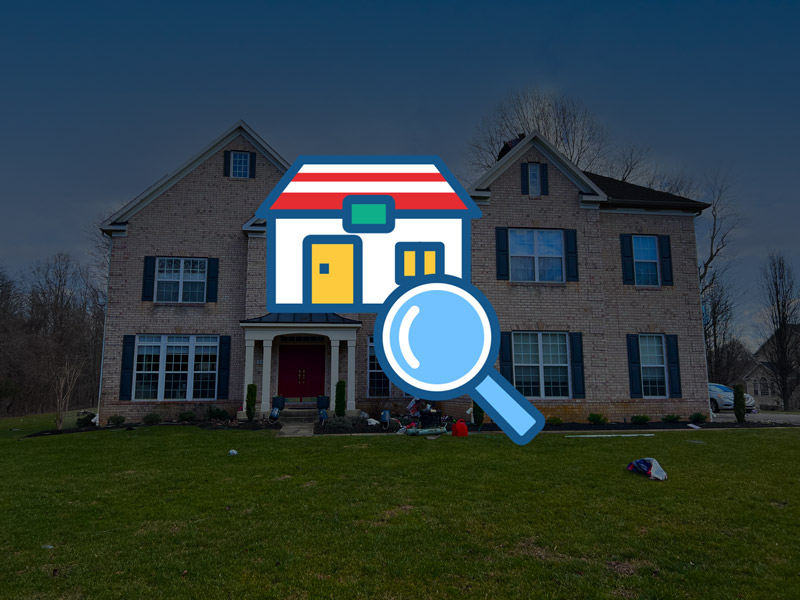
Inspection for Roof Wind Damage
To effectively address wind damage roof repair, a comprehensive roof inspection is crucial. Begin by examining the overall condition of the roof, paying close attention to areas susceptible to wind damage, such as the edges, corners, and ridges. Inspect the shingles, tiles, or other roofing materials for any signs of displacement, cracks, or tears. During the inspection, check for loose or missing fasteners, such as nails or screws, which can indicate wind damage. Inspect the flashing around chimneys, vents, and skylights to ensure they are secure and undamaged. Use appropriate safety measures, such as a sturdy ladder and proper protective gear, while conducting the inspection.
Identifying Common Signs of Wind Damage
Identifying the common signs of wind damage is essential for accurate assessment. Look for lifted or curled shingles, as well as broken, cracked, or missing pieces. Additionally, check for granule loss on asphalt shingles, which can occur due to wind abrasion. Visible signs of leaks or water stains on the ceiling or walls inside the house may also indicate wind damage. Inspect the gutters and downspouts for accumulated roofing materials or debris, as these can be indications of wind damage. Furthermore, pay attention to any unusual noises, such as creaking or rattling sounds during windy conditions, which may suggest loose or damaged roofing components.
Documenting the Extent of the Damage
Once you have assessed the wind damage, it is crucial to document the extent of the damage thoroughly. Take detailed photographs or videos that clearly capture the affected areas. Make notes about the specific areas and types of damage observed, including the number of displaced shingles, cracked tiles, or any other visible issues. Accurate documentation serves multiple purposes. It helps communicate the scope of the damage to roofing professionals, assists with insurance claims, and provides a reference for monitoring the progress of repairs. Remember to include relevant details such as the date of the inspection, weather conditions at the time, and any other relevant information that may be useful later.
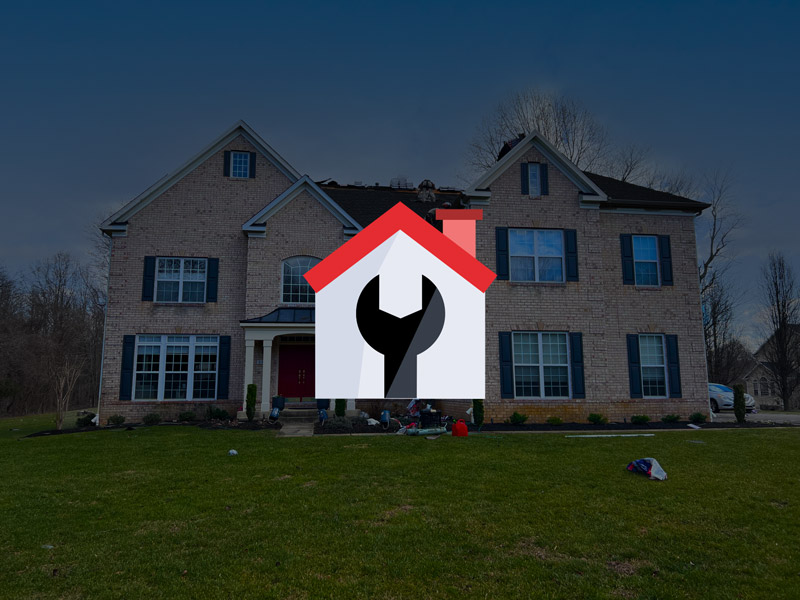
Temporary Repairs to Prevent Further Damage
Securing Loose or Damaged Roofing Materials
After assessing the wind damage to your roof, it is essential to secure any loose or damaged roofing materials promptly. Begin by carefully inspecting the affected areas and identifying loose or displaced shingles, tiles, or other components. Using appropriate safety precautions, such as sturdy footwear and safety harnesses, carefully reposition and secure the materials back into place. Utilize roofing adhesives or sealants specifically designed for your roofing material to reinforce loose elements. Pay special attention to the edges and corners, as they are often more vulnerable to wind damage. By securing these materials promptly, you can prevent further damage and potential water leaks.
Tarping or Boarding Up Vulnerable Areas
In cases where wind damage is severe or immediate repairs cannot be conducted, it is crucial to protect your roof from further exposure to the elements. Tarping or boarding up vulnerable areas can provide temporary protection until comprehensive repairs can be made.Cover areas with missing or severely damaged roofing materials using heavy-duty tarps. Ensure the tarps are tightly secured to prevent wind uplift. For areas that require additional reinforcement, consider boarding up with plywood or similar materials. This temporary measure helps prevent water intrusion and further damage to the underlying structure.
Mitigating Interior Water Damage
Wind damage to the roof often leads to water infiltration, which can cause interior damage to your home. To mitigate the effects of water intrusion, address interior water damage promptly. Place buckets or containers to collect dripping water and use absorbent materials like towels or mops to soak up excess moisture. Inspect affected ceilings, walls, or insulation for signs of water stains or mold growth. If necessary, contact a professional water damage restoration company to assess the extent of the damage and initiate appropriate mitigation measures. Promptly addressing interior water damage helps minimize potential health hazards and prevents further deterioration of your home’s structure.
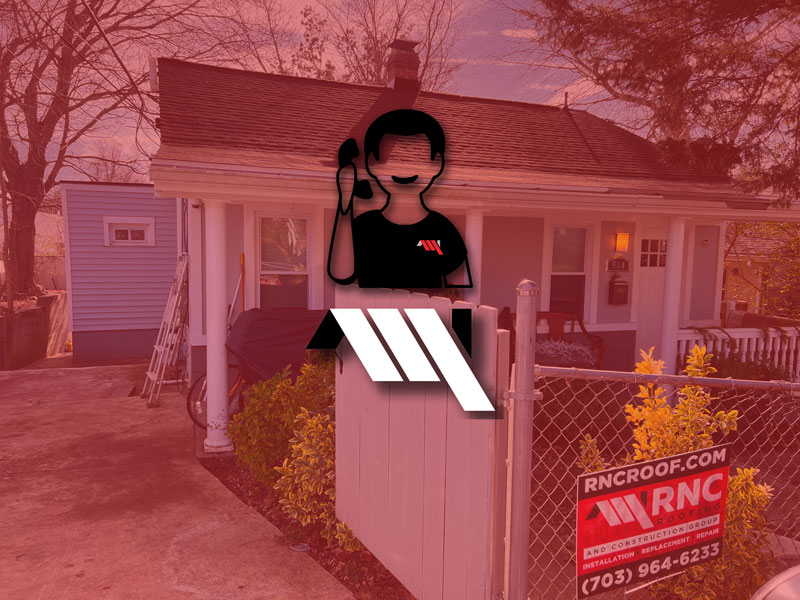
Seeking Professional Roofing Services
When it comes to wind damage roof repair, engaging the services of a reputable roofing contractor is crucial. Start by researching and shortlisting potential contractors in your area. Look for companies that specialize in wind damage roof repairs or have extensive experience in handling similar projects. Check for licenses, certifications, and insurance coverage to ensure the contractor meets industry standards. Additionally, read online reviews and testimonials from previous customers to gauge their reputation and customer satisfaction levels. A reputable contractor will have a track record of delivering quality workmanship and exceptional customer service.
Evaluating the Contractor’s Experience and Credentials
Assessing the experience and credentials of a roofing contractor helps ensure that they have the necessary expertise to handle your wind damage roof repair effectively. Inquire about the number of years they have been in the industry and their specific experience with wind-related repairs. Ask for references or examples of similar projects they have successfully completed. Verify if the contractor holds certifications or memberships in professional organizations related to the roofing industry. These affiliations demonstrate their commitment to staying updated with the latest techniques and best practices. By evaluating their experience and credentials, you can make an informed decision and choose a contractor with the skills needed to address your specific repair needs.
Obtaining Detailed Quotes and Timelines
Before finalizing a roofing contractor, it is important to obtain detailed quotes and timelines for the project. Invite the shortlisted contractors to assess the damage and provide a written estimate that includes the scope of work, materials required, labor costs, and any additional charges. Ask about the estimated timeline for completing the repairs. A professional contractor will provide a reasonable timeframe based on the extent of the damage and their availability. Compare the quotes and timelines provided by different contractors to make an informed decision that aligns with your budget and time constraints. Contact RNC Roofing and Construction Today !
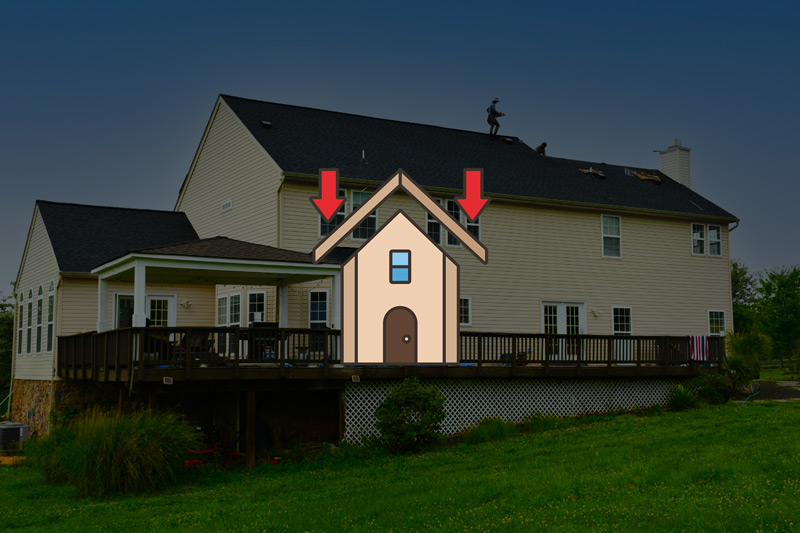
Roof Repair Process
Removing and Replacing Damaged Shingles or Tiles
The first step in the comprehensive wind damage roof repair process is to remove and replace any damaged shingles or tiles. Carefully inspect the extent of the damage and identify the specific areas that require attention. Remove the compromised roofing materials, taking care not to cause further damage to the surrounding components. Replace the damaged shingles or tiles with new ones that match the existing roof material. Properly secure them in place using appropriate fasteners and techniques recommended by the manufacturer. This ensures a seamless integration and restores the protective barrier of the roof.
Addressing Structural Issues and Reinforcement
In some cases of severe wind damage, structural issues may arise that require additional attention. It is essential to address these issues promptly to restore the structural integrity of the roof. Engage the expertise of a professional roofing contractor to assess and determine the appropriate measures needed. Reinforce weakened or damaged structural elements to enhance the overall stability of the roof. This may involve strengthening trusses, repairing rafters, or reinforcing the underlying support system. It is crucial to ensure that the roof can withstand future wind events and maintain its integrity over time.
Properly Sealing and Waterproofing the Roof
To complete the comprehensive wind damage roof repair process, it is important to properly seal and waterproof the roof. This step is vital in preventing water penetration and ensuring long-term durability. Apply a high-quality roofing sealant or waterproofing membrane to all seams, joints, and areas prone to water infiltration. Inspect and repair any damaged or deteriorated flashing around chimneys, vents, and skylights. Properly sealing these areas prevents water from seeping into the roof system and causing further damage. Additionally, ensure that all roof penetrations, such as vents and pipes, are properly sealed to maintain the roof’s watertight integrity.
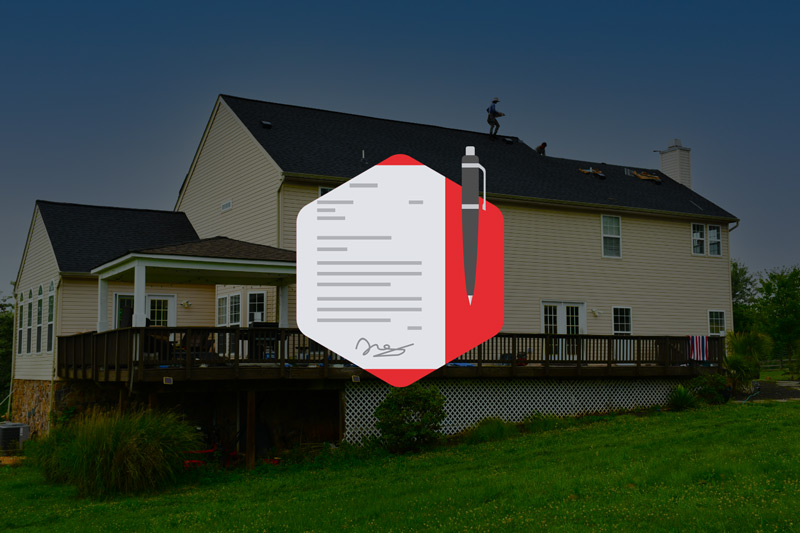
Long-Term Prevention and Maintenance
Enhancing Wind Resistance with Roofing Upgrades
To minimize the risk of wind damage to your roof in the future, consider enhancing its wind resistance through roofing upgrades. Opt for impact-resistant shingles or tiles that are designed to withstand high winds. These materials are specifically engineered to provide increased durability and resistance against wind-driven debris.Additionally, evaluate the installation of a secondary water barrier, such as a self-adhering underlayment or ice and water shield, during roof replacement or repair. This extra layer of protection helps prevent water intrusion, even in case of damaged or missing shingles or tiles due to wind.
Regular Roof Inspections and Maintenance Practices
Regular roof inspections and maintenance practices play a vital role in identifying and addressing potential issues before they develop into significant problems. Schedule professional roof inspections at least once a year, preferably during the spring season, to detect any signs of wind damage or other issues. During inspections, pay attention to loose or damaged shingles, deteriorated flashing, and any signs of roof aging or wear. Promptly repair or replace any damaged or deteriorated components. Clear debris, such as leaves and branches, from the roof and gutters to ensure proper drainage and prevent blockages.
Insurance Considerations for Wind Damage Coverage
When it comes to wind damage roof repair, it is crucial to review your insurance policy and understand the coverage provided. Ensure that your policy includes adequate coverage for wind damage specifically, as some policies may have limitations or exclusions for certain types of wind events. Contact your insurance provider to discuss the details of your policy and any available endorsements or riders that can enhance wind damage coverage. Keep a detailed record of the condition of your roof, including photographs and inspection reports, to facilitate the claims process in the event of wind damage.Regularly review and update your insurance policy to ensure it aligns with the current state of your roof and your desired level of protection. By being proactive and adequately insured, you can have peace of mind knowing that you are financially prepared to address wind damage should it occur.
View More Articles
Please Share!











